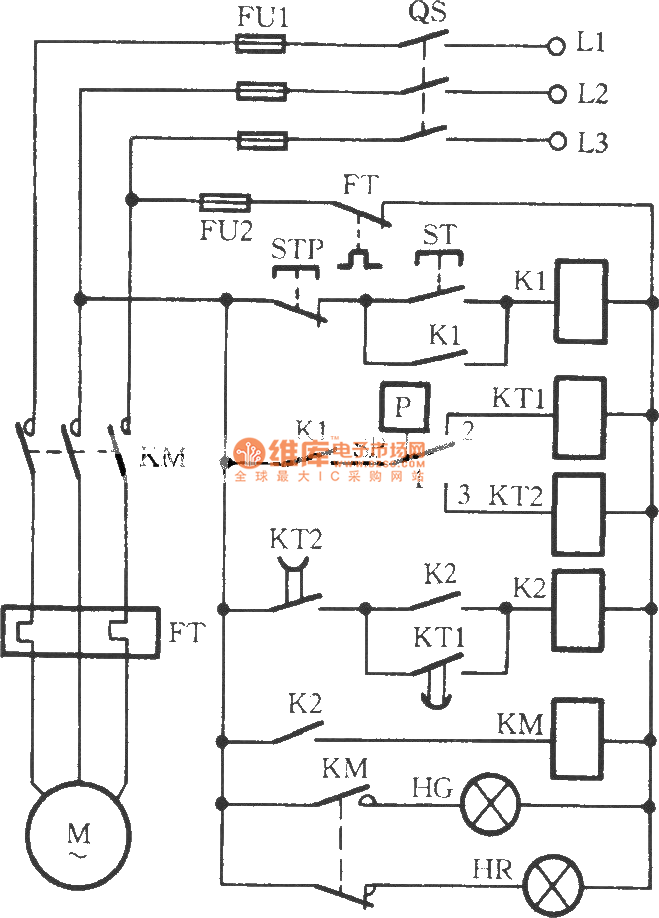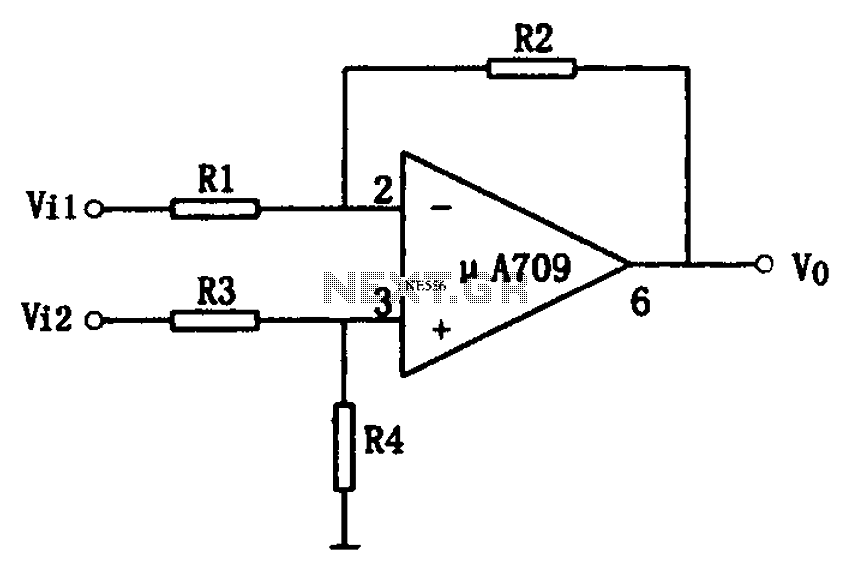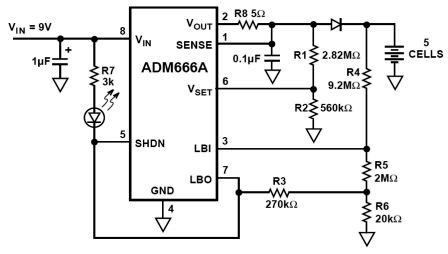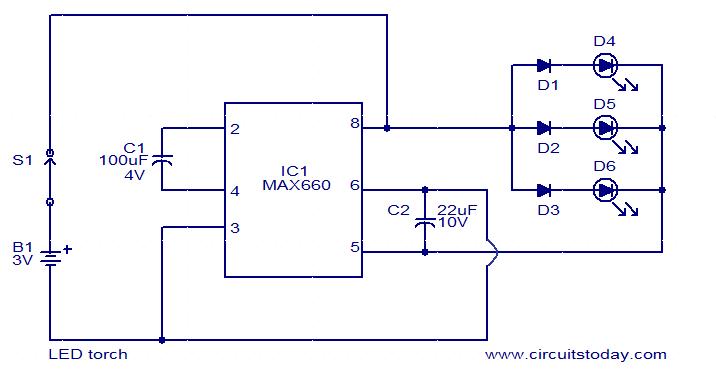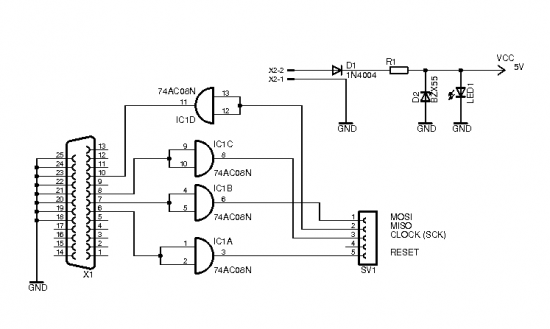
5 channel radio remote control circuit based of TX-2B / RX- 2B pair

This article discusses a simple 5-channel radio remote control circuit utilizing the TX-2B and RX-2B integrated circuits from Silan Semiconductors. The TX-2B/RX-2B is a remote encoder-decoder pair suitable for remote control applications. It features five channels, a wide operating voltage range (from 1.5V to 5V), low standby current (approximately 10µA), low operating current (2mA), an auto power-off function, and requires minimal external components. Although originally designed for remote toy car applications, it can be adapted for various remote switching applications. The TX-2B is the central component of the circuit. Push-button switches S1 to S5 activate (ON/OFF) the respective output channels in the receiver/decoder circuit. These switches interface with the built-in latch circuitry of the TX-2B. Resistor R7 sets the frequency of the TX-2B's internal oscillator. Resistor R1 and Zener diode D1 create a simple Zener regulator circuit that provides the IC with 3V from a 9V main supply. Capacitor C2 acts as a filter capacitor, while C1 serves as a noise bypass capacitor. Diode D2 indicates power-on status via an LED, with resistor R6 limiting the current through the LED. S1 functions as the ON/OFF switch. The encoded control signal is available at pin 8 of the IC, which is devoid of carrier frequency. This signal is transmitted to the next stage of the circuit, a radio transmitter. Crystal X1 determines the oscillator frequency of the transmitter section. Resistor R2 serves as the biasing resistor for transistor Q1, while resistor R3 limits Q1's collector current. The encoded signal is coupled to the collector of Q1 through capacitor C3 for modulation. Transistor Q2 and its associated components amplify the modulated signal. The remote receiver circuit centers around the RX-2B IC. The initial segment of the circuit is a radio receiver built around transistor Q1, which demodulates the received signal and feeds it to pin 14 of the IC. Pin 14 serves as the input for the built-in inverter within the IC. Resistor R2 establishes the frequency of the IC's internal oscillator. Output pins O/P1 to O/P5 are activated in correspondence with push buttons S1 to S5. Zener diode D1 and resistor R12 form a basic Zener regulator to supply the RX-2B with 3V from the 9V main supply. Capacitor C12 functions as a filter capacitor, while resistor R11 limits current in the radio receiver section. Diode D2 protects the circuit from accidental polarity reversals. Capacitor C15 serves as another filter capacitor, and capacitor C14 is a noise bypass capacitor. The method for interfacing a relay with the output of the RX-2B is described. When push-button switch S1 of the transmitter circuit is engaged, pin O/P1 (pin 7 of the RX-2B) goes high, causing the 2N2222 transistor to conduct and activate the relay. This technique is applicable to other output pins of the RX-2B. The relay utilized is a 200-ohm type, and at a 9V supply voltage, the load current will be 45mA, which is suitable for the 2N2222, whose maximum collector current is 900mA. When using relays with different ratings, it is crucial to ensure the relay does not draw more current than the maximum collector current of the driver transistor.
The 5-channel radio remote control circuit operates by encoding control signals from the TX-2B, which are transmitted wirelessly to the RX-2B receiver. The TX-2B features a series of push-button switches (S1 to S5) that allow the user to select which output channel to activate. Each push-button switch is connected to the internal latch of the TX-2B, allowing for reliable signal transmission. The circuit's design ensures low power consumption and efficient operation, making it suitable for battery-operated devices.
In the transmitter section, the encoded signal is generated and modulated using the transistor Q1, which serves as a radio frequency oscillator. The modulation process is crucial for ensuring that the signal can be effectively transmitted over the airwaves. The crystal oscillator (X1) plays a vital role in stabilizing the frequency of the transmission, ensuring that the signal remains consistent and reliable.
The receiver section, based on the RX-2B, demodulates the incoming radio signals and processes them to activate the corresponding output pins. The use of a Zener regulator ensures that the RX-2B operates at a stable voltage, which is essential for maintaining the integrity of the received signals. The output pins are designed to interface with external components, such as relays, allowing the circuit to control various devices based on the received commands.
When implementing the circuit, attention must be paid to component ratings, especially regarding the relay and the driver transistor. The choice of relay should match the specifications of the transistor to avoid overloading and potential damage. The described circuit exemplifies a straightforward yet effective approach to remote control applications, suitable for a variety of uses beyond toy cars, including home automation, security systems, and industrial controls.This article is about a simple 5 channel radio remote control circuit based on ICs TX-2B and RX-2B from Silan Semiconductors. TX-2B / RX-2B is a remote encoder decoder pair that can be used for remote control applications. TX-2B / RX-2B has five channels, wide operating voltage range (from 1. 5V to 5V), low stand by current (around 10uA), low opera ting current (2mA), auto power off function and requires few external components. The TX-2B / RX-2B was originally designed for remote toy car applications, but they can be used for any kind of remote switching application. The TX-2B forms the main part of the circuit. Push button switches S1 to S5 are used for activating (ON/OFF) the corresponding O/P channels in the receiver / decoder circuit.
These push button switches are interfaced to the built-in latch circuitry of the TX-2B. Resistor R7 sets the frequency of the TX-2B`s internal oscillator. Resistor R1 and Zener diode D1 forms a simple Zener regulator circuit for providing the IC with 3V from the 9V main supply. C2 is the filter capacitor while C1 is a noise by-pass capacitor. D2 is the power on indicator LED while R6 limits the current through the same LED. S1 is the ON/OFF switch. The encoded control signal will be available at pin 8 of the IC. The encoded signal available at pin 8 is without carrier frequency. This signal is fed to the next stage of the circuit which is a radio transmitter. Crystal X1 sets the oscillator frequency of the transmitter section. R2 is the biasing resistor for Q1 while R3 limits the collector current of Q1. The encoded signal is coupled to the collector of Q1 through C3 for modulation. Transistor Q2 and associated components provide further amplification to the modulated signal. The remote receiver circuit is built around the IC RX-2B. The first part of the circuit is a radio receiver built around transistor Q1. The received signal is demodulated and fed to pin 14 of the IC. Pin 14 is the input of the built in inverter inside the IC. R2 sets the frequency of the IC`s internal oscillator. O/P 1 to O/5 are the output pins that are activated corresponding to the push buttons S1 to S5. Zener diode D1 and resistor R12 forms an elementary Zener regulator for supplying the RX-2B with 3V from the 9V main supply.
C12 is the filter capacitor while R11 is the current limiter for the radio receiver section. Diode D2 protects the circuit from accidental polarity reversals. C15 is another filter capacitor and C14 is a noise by-pass capacitor. The method for interfacing a relay to the output of RX-2B is shown below. When push button switch S1 of the transmitter circuit is pressed, pin O/P1 (pin 7 of the RX-2B) goes high. This makes the transistor 2N2222 to conduct and the relay is activated. The same technique can be applied to other output pins of the RX-2B. The relay used here is a 200 ohm type and at 9V supply voltage the load current will be 45mA which is fine for 2N2222 whose maximum possible collector current is 900mA.
When using relays of other ratings this point has to be remembered and do not use a relay that consumes a current more than the maximum possible collector current of the driver transistor. 🔗 External reference
The 5-channel radio remote control circuit operates by encoding control signals from the TX-2B, which are transmitted wirelessly to the RX-2B receiver. The TX-2B features a series of push-button switches (S1 to S5) that allow the user to select which output channel to activate. Each push-button switch is connected to the internal latch of the TX-2B, allowing for reliable signal transmission. The circuit's design ensures low power consumption and efficient operation, making it suitable for battery-operated devices.
In the transmitter section, the encoded signal is generated and modulated using the transistor Q1, which serves as a radio frequency oscillator. The modulation process is crucial for ensuring that the signal can be effectively transmitted over the airwaves. The crystal oscillator (X1) plays a vital role in stabilizing the frequency of the transmission, ensuring that the signal remains consistent and reliable.
The receiver section, based on the RX-2B, demodulates the incoming radio signals and processes them to activate the corresponding output pins. The use of a Zener regulator ensures that the RX-2B operates at a stable voltage, which is essential for maintaining the integrity of the received signals. The output pins are designed to interface with external components, such as relays, allowing the circuit to control various devices based on the received commands.
When implementing the circuit, attention must be paid to component ratings, especially regarding the relay and the driver transistor. The choice of relay should match the specifications of the transistor to avoid overloading and potential damage. The described circuit exemplifies a straightforward yet effective approach to remote control applications, suitable for a variety of uses beyond toy cars, including home automation, security systems, and industrial controls.This article is about a simple 5 channel radio remote control circuit based on ICs TX-2B and RX-2B from Silan Semiconductors. TX-2B / RX-2B is a remote encoder decoder pair that can be used for remote control applications. TX-2B / RX-2B has five channels, wide operating voltage range (from 1. 5V to 5V), low stand by current (around 10uA), low opera ting current (2mA), auto power off function and requires few external components. The TX-2B / RX-2B was originally designed for remote toy car applications, but they can be used for any kind of remote switching application. The TX-2B forms the main part of the circuit. Push button switches S1 to S5 are used for activating (ON/OFF) the corresponding O/P channels in the receiver / decoder circuit.
These push button switches are interfaced to the built-in latch circuitry of the TX-2B. Resistor R7 sets the frequency of the TX-2B`s internal oscillator. Resistor R1 and Zener diode D1 forms a simple Zener regulator circuit for providing the IC with 3V from the 9V main supply. C2 is the filter capacitor while C1 is a noise by-pass capacitor. D2 is the power on indicator LED while R6 limits the current through the same LED. S1 is the ON/OFF switch. The encoded control signal will be available at pin 8 of the IC. The encoded signal available at pin 8 is without carrier frequency. This signal is fed to the next stage of the circuit which is a radio transmitter. Crystal X1 sets the oscillator frequency of the transmitter section. R2 is the biasing resistor for Q1 while R3 limits the collector current of Q1. The encoded signal is coupled to the collector of Q1 through C3 for modulation. Transistor Q2 and associated components provide further amplification to the modulated signal. The remote receiver circuit is built around the IC RX-2B. The first part of the circuit is a radio receiver built around transistor Q1. The received signal is demodulated and fed to pin 14 of the IC. Pin 14 is the input of the built in inverter inside the IC. R2 sets the frequency of the IC`s internal oscillator. O/P 1 to O/5 are the output pins that are activated corresponding to the push buttons S1 to S5. Zener diode D1 and resistor R12 forms an elementary Zener regulator for supplying the RX-2B with 3V from the 9V main supply.
C12 is the filter capacitor while R11 is the current limiter for the radio receiver section. Diode D2 protects the circuit from accidental polarity reversals. C15 is another filter capacitor and C14 is a noise by-pass capacitor. The method for interfacing a relay to the output of RX-2B is shown below. When push button switch S1 of the transmitter circuit is pressed, pin O/P1 (pin 7 of the RX-2B) goes high. This makes the transistor 2N2222 to conduct and the relay is activated. The same technique can be applied to other output pins of the RX-2B. The relay used here is a 200 ohm type and at 9V supply voltage the load current will be 45mA which is fine for 2N2222 whose maximum possible collector current is 900mA.
When using relays of other ratings this point has to be remembered and do not use a relay that consumes a current more than the maximum possible collector current of the driver transistor. 🔗 External reference
